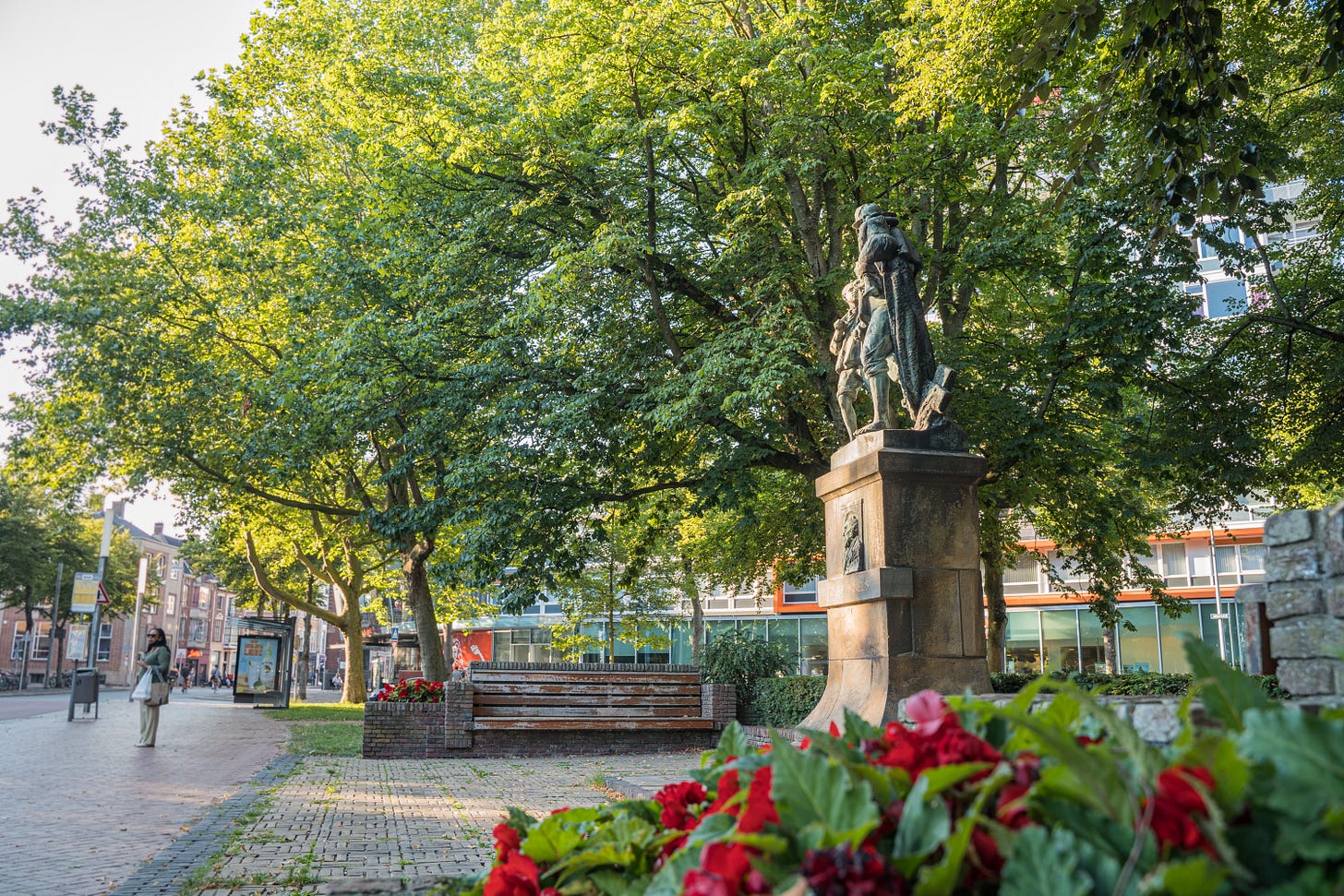Council Factions Propose Revamp of Streets Around Groningen City Centre
Groningen parties propose a makeover for key outer-centre streets—adding greenery, local charm, and new life to areas just beyond the canals.
As Groningen continues to grow, four city council factions—PvdA, GroenLinks, D66, and ChristenUnie—are calling on the municipality to extend the city centre’s redevelopment to surrounding streets. They argue that these “connecting streets” just outside the Diepenring need attention to keep up with the city’s expansion and to ensure livability, safety, and space for local entrepreneurs.
Expanding the Heart of the City
In recent years, the city centre has undergone a significant transformation, with major investments in areas like the Grote Markt and the Gelkingestraat. But according to the councillors, this central district has become too small for the fast-growing city. “It’s like your family is growing, and suddenly the living room isn’t big enough anymore,” said PvdA councillor Rico Tjepkema. “The city centre already stretches beyond the canal. Now we need to invest in the areas just outside it.”
The proposed streets for improvement include the Nieuwe Ebbingestraat, Boterdiep, Nieuweweg, Damsterplein, Steentilstraat, and the heads of the Korreweg and Paterswoldseweg. These are all key thoroughfares that link the inner city to neighbouring areas like the Ebbingekwartier, Meerstad and the Suikerzijde.
Tackling Urban Problems Proactively
These streets, the councillors say, are already facing problems: increasing pressure on public space, deteriorating buildings, clashing functions (such as housing and nightlife), and safety concerns. Some areas, like the Nieuweweg, have become “more of a downhill slope than a passage,” with shuttered storefronts and little greenery.
To address this, the council factions are urging the municipality to develop concrete plans for these streets by 2027. These plans should identify the key challenges, offer potential solutions, and involve residents, entrepreneurs, and property owners in the design process.
A Vision for Greener, Livelier Streets
Beyond aesthetics, the council wants these streets to be places where people can gather and where local business can thrive. “We’re not just talking about a coat of paint,” Tjepkema explained. “We want meeting places, more greenery, and room for small, local craft businesses—like those that could thrive again on the Boterdiep.”
He also sees new potential for Damsterplein: “Right now it feels like an island in the middle of traffic. Imagine a greener space where you can sit on a terrace with a beer in the summer. These kinds of changes are essential.”
Benefits for the Whole City
The proposed initiative isn’t just about improving aesthetics—it’s also meant to support Groningen’s growing population and ensure that the benefits of city centre development are felt more widely. “By investing in these streets, we’re directly supporting local neighbourhoods and entrepreneurs,” said Eric Bos, chairman of the Groningen City Club. “It’s good for business, good for livability, and good for the entire city.”
The council factions hope that with proper investment and cooperation, these connecting streets can evolve into vibrant spaces that reflect the dynamic identity of Groningen itself.





